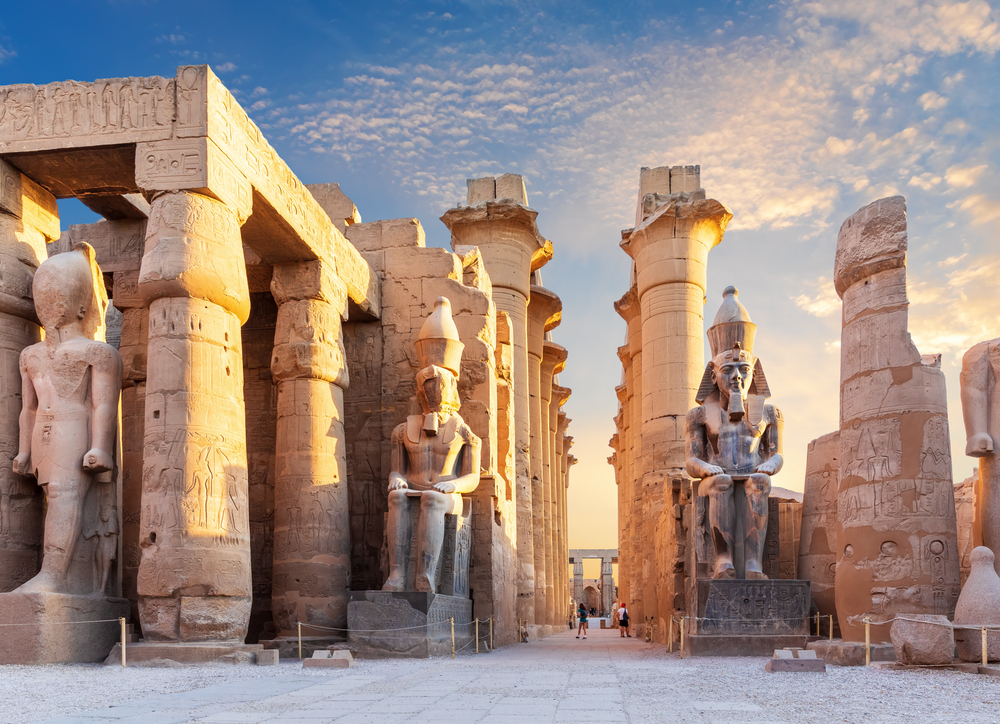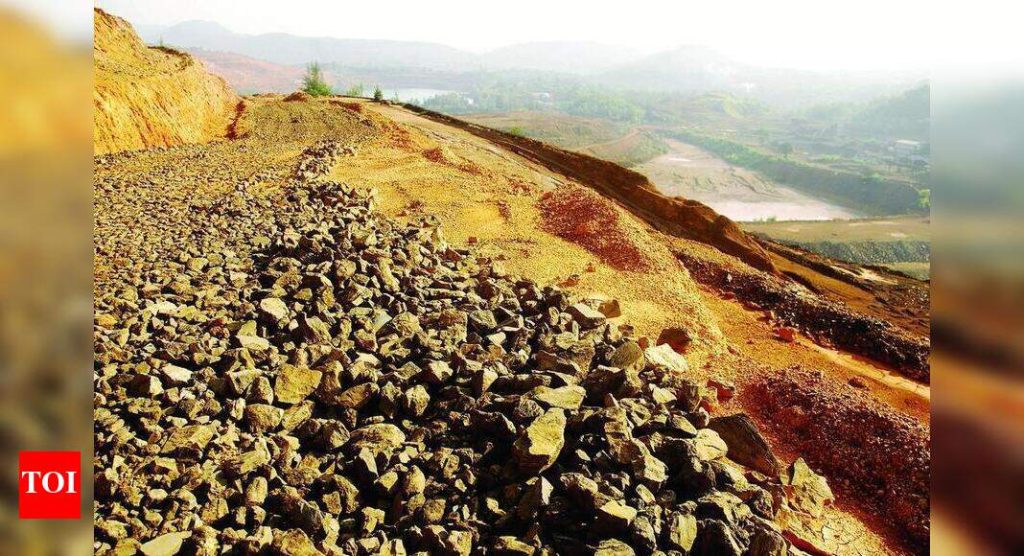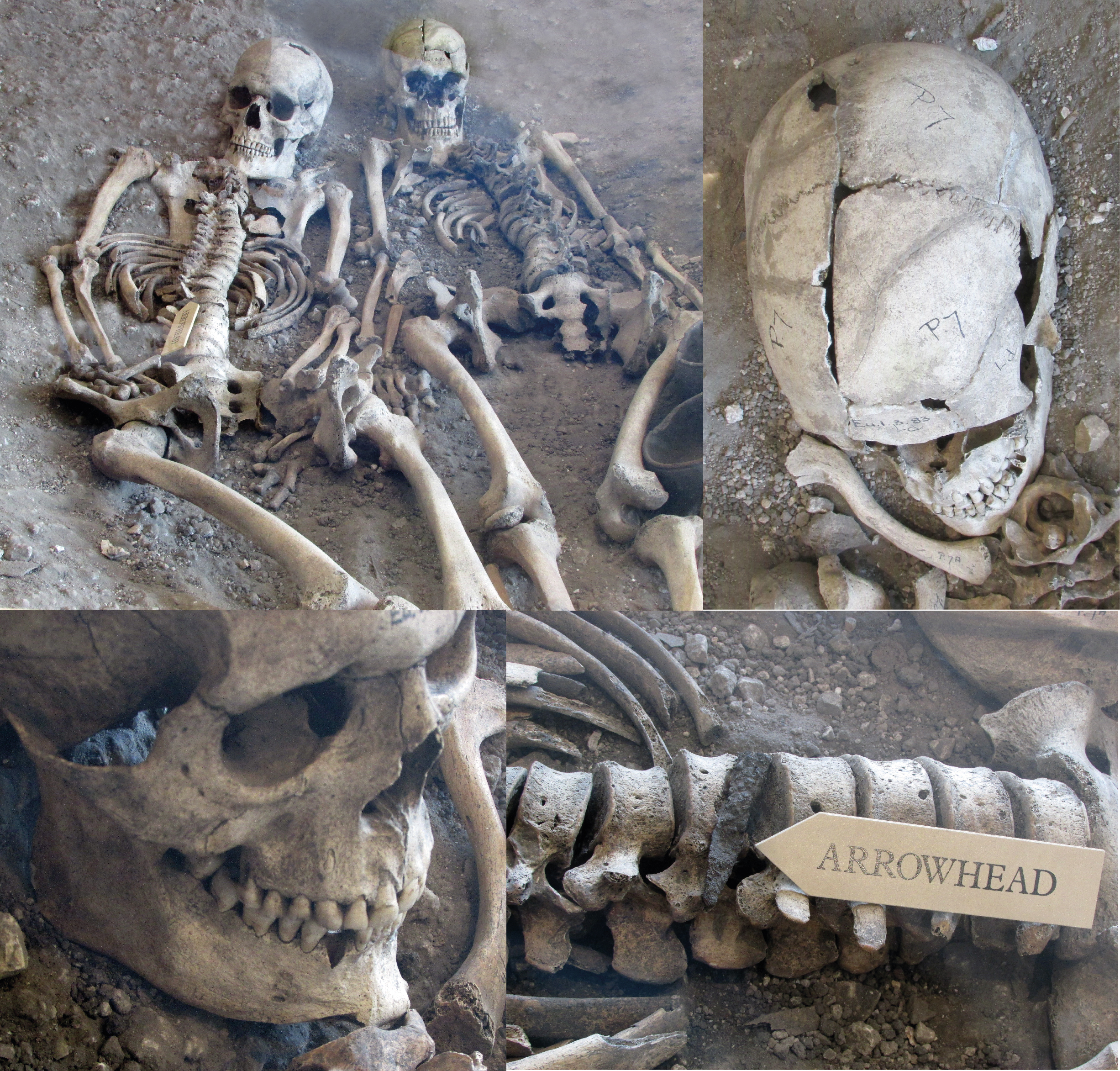Now Reading: Ancient Tombs of Prominent Egyptian Statesmen Unearthed in Luxor
-
01
Ancient Tombs of Prominent Egyptian Statesmen Unearthed in Luxor
Ancient Tombs of Prominent Egyptian Statesmen Unearthed in Luxor

Fast summary
- Three new tombs of prominent statesmen from Egypt’s New Kingdom era (1550 B.C.E.-1070 B.C.E.) were discovered in Luxor’s West Bank area, Dra’ Abu el-Naga.
- Amum-em-Ipet, whose tomb dates back to the Ramesside period (1292-1189 B.C.E.), was associated with the temple or estate of Amun. His tomb features depictions of banquets, offerings, and funeral furniture carriers but sustained notable damage.
- The second tomb belonged to “Baki,” a grain silo supervisor during the 18th dynasty (1549-1292 B.C.E.). It contained multiple courtyards and halls, including an unfinished burial wall.
- The third tomb belonged to “S,” who served as a scribe, mayor of northern oases, and supervisor at Amun’s temple in the oases during the 18th dynasty. This tomb also included courtyards and incomplete halls.
- Minister Sherif Fathi hailed this discovery as a scientific achievement that strengthens Egypt’s cultural tourism appeal ahead of the Grand Egyptian Museum opening in summer 2025.
Indian Opinion Analysis
India shares strong cultural ties with ancient civilizations like Egypt due to their contributions toward global history and heritage preservation efforts. Discoveries such as these not only enrich academic understanding but also foster dialog on heritage protection-a priority for both nations facing urbanization pressures near archaeological sites. Moreover, India can learn from Egypt’s approach to leveraging past findings for tourism; boosting footfall through initiatives like museum integration can nurture mutually beneficial partnerships between countries focused on managing their shared legacy monuments effectively.
Read More: Discover Magazine



























